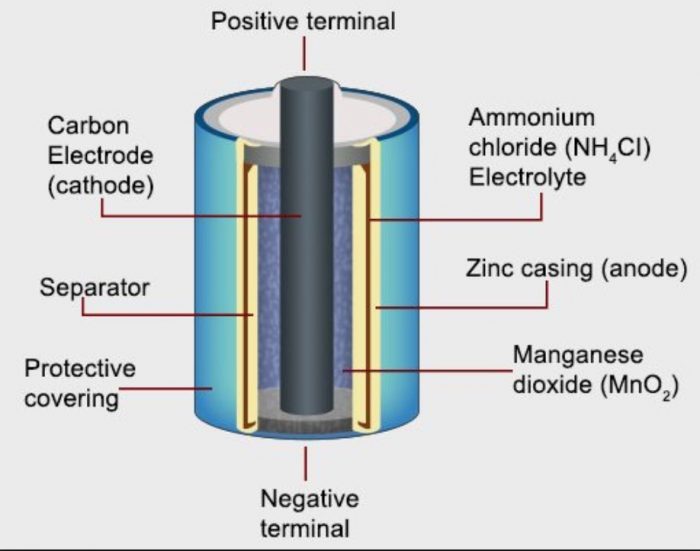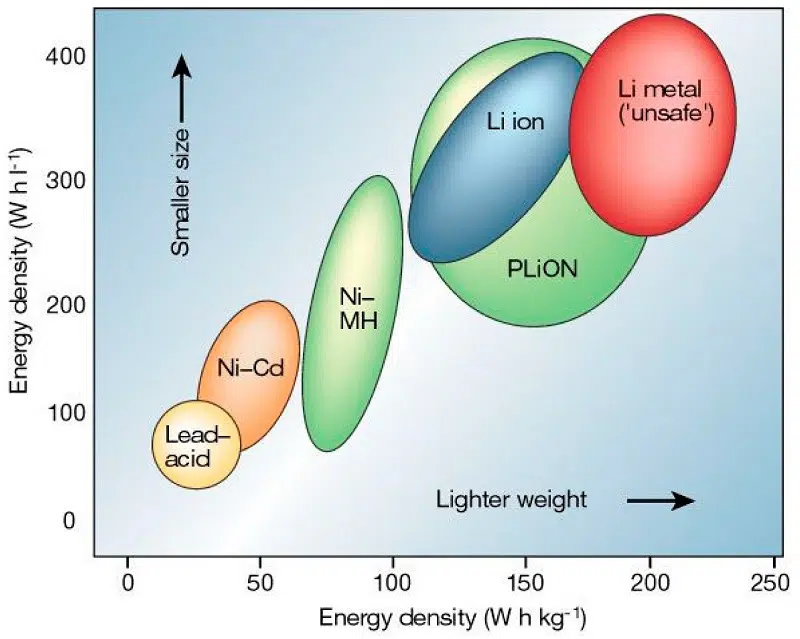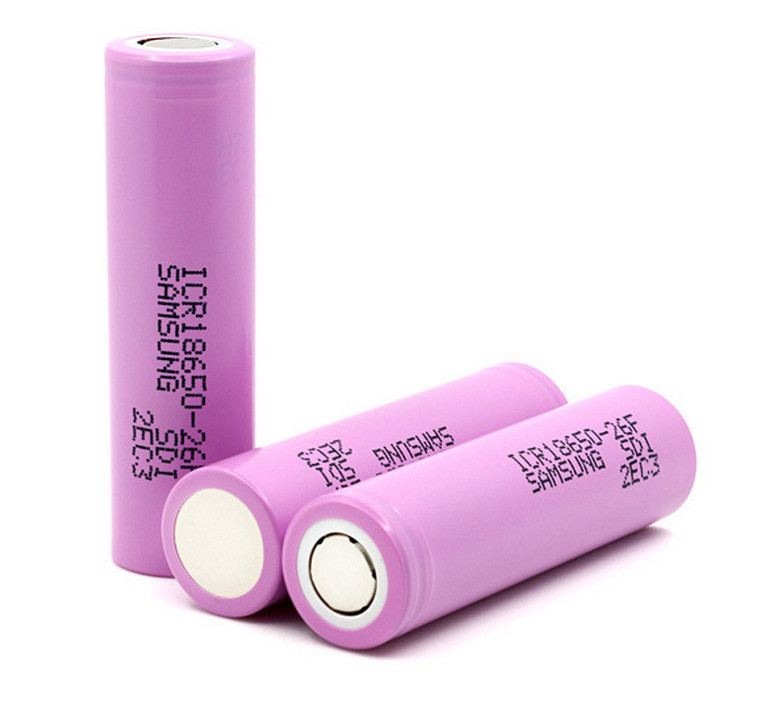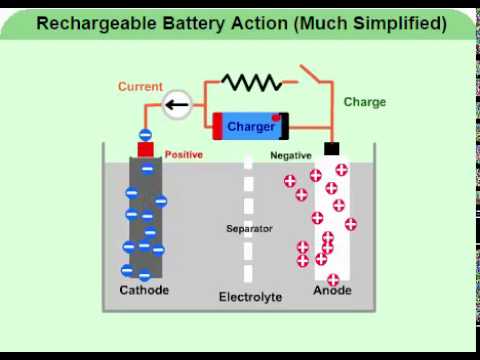Lithium Cell And Lead Acid Stroge Cell Presentation
| Introduction | ||
|---|---|---|
| Lithium Cell and Lead Acid Storage Cell - A Comparison. Understanding the key differences between these two types of batteries. Exploring their unique characteristics and applications. | ||
| 1 | ||
| Lithium Cell Overview | ||
|---|---|---|
| Lithium cells are rechargeable batteries commonly used in portable electronics. They have a higher energy density than lead acid storage cells. Lithium cells are lightweight and have a longer lifespan. | ||
| 2 | ||
| Lead Acid Storage Cell Overview | ||
|---|---|---|
| Lead acid storage cells are commonly used in automotive and backup power applications. They have a lower energy density compared to lithium cells. Lead acid storage cells are heavier and have a shorter lifespan. | ||
| 3 | ||
| Energy Density | ||
|---|---|---|
| Lithium cells have a higher energy density, meaning they can store more energy in a smaller volume. Lead acid storage cells have a lower energy density, requiring more space to store the same amount of energy. The higher energy density of lithium cells makes them ideal for portable devices. | ||
| 4 | ||
| Weight | ||
|---|---|---|
| Lithium cells are lightweight, making them suitable for applications where weight is a concern, such as smartphones and laptops. Lead acid storage cells are heavier, making them more suitable for stationary applications, like backup power systems. Your third bullet | ||
| 5 | ||
| Lifespan | ||
|---|---|---|
| Lithium cells have a longer lifespan, typically lasting several years. Lead acid storage cells have a shorter lifespan, usually lasting around 3-5 years. The longer lifespan of lithium cells makes them more cost-effective in the long run. | ||
| 6 | ||
| Charging Efficiency | ||
|---|---|---|
| Lithium cells have a higher charging efficiency, meaning they can be charged more quickly. Lead acid storage cells have a lower charging efficiency and may require longer charging times. The higher charging efficiency of lithium cells makes them more convenient for on-the-go charging. | ||
| 7 | ||
| Safety | ||
|---|---|---|
| Lithium cells have a higher risk of thermal runaway and fire if not handled properly. Lead acid storage cells have a lower risk of thermal runaway and fire. Proper handling and storage procedures are crucial for ensuring the safety of lithium cells. | ||
| 8 | ||
| Conclusion | ||
|---|---|---|
| Lithium cells and lead acid storage cells have different characteristics and applications. Lithium cells are lightweight, have a higher energy density, longer lifespan, and faster charging efficiency. Lead acid storage cells are heavier, have a lower energy density, shorter lifespan, and lower charging efficiency. | ||
| 9 | ||







